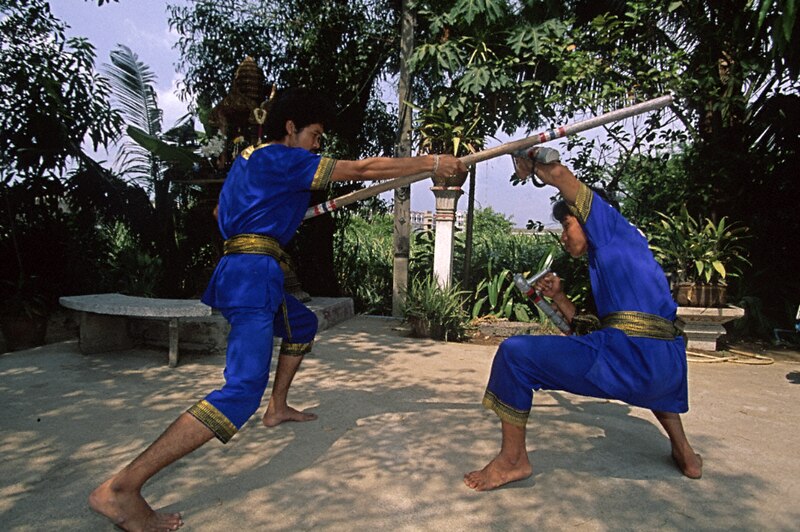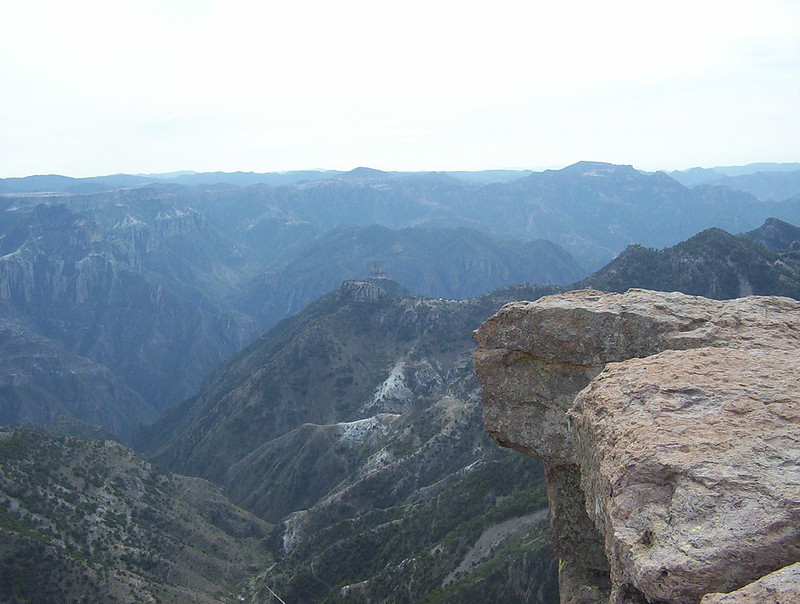With the growing interest in the Krabi-Krabong art form since its origins in the 16th century, questions arise about how its historical roots and real-world applications can shape modern martial arts and cultural heritage. What effects might this revival have on the future of these practices?
What is Krabi Krabong?
Krabi-Krabong is a weapon-based martial art from Thailand that focuses on traditional weaponry, specifically sabers and maces. The name translates to “a saber and a mace,” reflecting the primary weapons used in this discipline. It has roots in ancient practices, developed to maintain martial skills during peacetime while also serving as a form of physical training.
Origin of Krabi – Krabong
Krabi-Krabong originated with ancient Thai warriors who developed this martial art for battlefield combat. It focuses on weapon-based training, using tools like sabers and maces. In peacetime, warriors practiced with rattan weapons to refine their techniques.
This martial art is likely linked to muay boran, though their development paths are unclear. Early Indochina warfare involved large battles with armored fighters using shields made from rhino hide. After the Burmese invasion in 1767, many historical records were lost, but oral traditions kept these fighting arts alive.
Elements from Indian and Chinese martial practices can be seen in weapon designs and pre-fight rituals. Additionally, the involvement of elephants in warfare is notable, with Krabi-Krabong being practiced by palace mahouts, reflecting Thailand’s rich cultural heritage and focus on martial skill.

History and Evolution
The earliest reference to Krabi-Krabong appears in the literary works of King Rama II during the early Rattanakosin era. The art gained prominence under Kings Rama IV and V, with Rama IV encouraging his sons to practice it and Rama V actively supporting competitions.
| Era | Key Developments |
|---|---|
| Early Rattanakosin | Initial literary mentions; cultural roots. |
| Rama IV (1851-1868) | Promotion among royals; public performances began. |
| Rama V (1868-1910) | Peak era with competitions and clubs; strong royal support. |
| Rama VI & VII (1910-1935) | Decline as other arts gained favor. |
The early 20th century saw a drop in visibility, but individuals like Teacher Nak Thephasadin Na Ayudhya played a significant role in its revival. His establishment of the first school-based Krabi-Krabong class in 1935 was a turning point. By 1975, the inclusion of Krabi-Krabong in the national physical education curriculum marked its resurgence, allowing it to thrive today.
Notably, the royal bodyguard corps of King Bhumibol Adulyadej (Rama IX) demonstrated significant skill in Krabi-Krabong, reinforcing its importance. Through this art, practitioners gain physical strength while embracing the values of freedom and self-determination.
Now, Krabi-Krabong reflects the strength of Thai culture, encouraging both practitioners and enthusiasts to engage with its heritage.
Weapons
Weapons are essential in Krabi-Krabong, showcasing the art’s techniques and cultural roots. Each weapon serves as a representation of the martial artist’s spirit, connecting practitioners to Thailand’s rich heritage. The variety of weaponry offers a dynamic means of expression.
Key weapons in Krabi-Krabong include:
- Krabi (sabres): Curved swords that allow for swift, precise strikes.
- Daab (single-edge swords): Versatile weapons that emphasize power and control for offense and defense.
- Krabong (staff/cudgel): Traditionally used in pairs or with shields, this stick promotes strength and versatility.
- Daab song mue (double swords): Wielding one in each hand enables rapid, dual attacks.
Additionally, the ngao, a bladed staff, and shields like the kean or lo, made from wood or buffalo hide, are significant. These weapons offer both offensive and defensive capabilities, allowing adaptability in training and competition. Unarmed techniques, known as muay boran, enhance skills with kicks, pressure point strikes, and joint locks.
Training with these weapons involves drills that mimic real combat situations, fostering physical skill, mental focus, and strategic thinking. By mastering these tools, practitioners not only keep an ancient tradition alive but also find personal growth through martial arts. Krabi-Krabong’s roots trace back centuries, with significant developments occurring in the 18th century during the reign of King Rama I, further solidifying its place in Thai culture.
Fundamental Steps and Rituals in Krabi-Krabong Training
Practicing Krabi-Krabong involves a clear set of steps focused on respect and skill development. Each step plays a role in connecting practitioners to the tradition of this martial art.
| Step | Description | Purpose |
|---|---|---|
| Wai Khru | A ritual honoring teachers, the king, and parents. | Builds respect and loyalty. |
| Four-direction movement | A movement performed in four directions, either sitting or standing. | Enhances morale and promotes unity. |
| Weapon performance | A demonstration of skills with the chosen weapon. | Displays proficiency and artistry. |
| Walking the ring | Fighters walk the ring, observing and intimidating each other. | Creates psychological presence before combat. |
After these steps, the fighting begins. Practitioners apply techniques using six foundational moves: lower, closer, lift, lunge, plunge, and lead. Transitioning to actual fighting equipment marks a shift to authenticity, where precision and skill matter most.
Bridging Tradition and Modernity in Krabi-Krabong
Krabi-Krabong, a traditional Thai martial art, is still practiced today, though its visibility has decreased. It is featured at various festivals across Thailand, showcasing its historical roots. Some institutions, like the Buddhai Swan Sword Fighting Institute, continue to promote the art, but there’s a growing movement aimed at attracting younger practitioners.
Key aspects of contemporary Krabi-Krabong include:
- Cultural Festivals: Performances at local events emphasize the art’s historical importance.
- International Schools: Programs in countries like Germany and England are incorporating Krabi-Krabong into their curricula.
- Modern Techniques: Training now includes elements from gymnastics and boxing to make it more relatable.
- Community Support: Collaborations with Muay Thai and Muay Boran foster a supportive environment for practitioners.
While challenges like limited tournaments exist, dedicated educators and students are working towards a revival. With ongoing promotion and dedication to its heritage, Krabi-Krabong is set to capture the interest of a new generation, inviting them to explore this ancient discipline and its rich cultural background.

